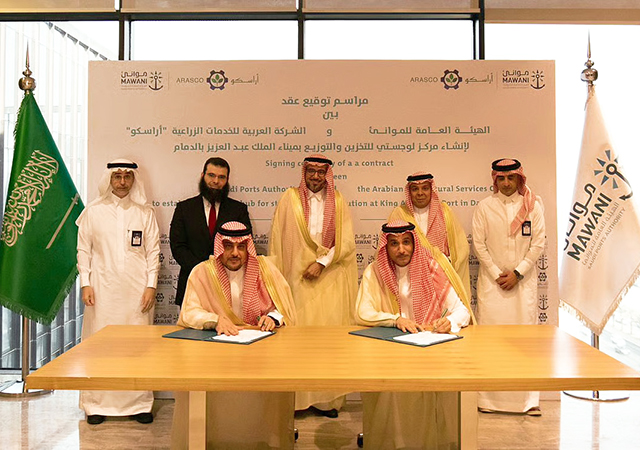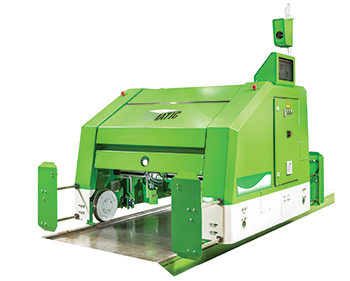
.jpg) Sika offers a complete system, from robotics to 3D mortars.
Sika offers a complete system, from robotics to 3D mortars.
Sika, a specialty chemicals company, says it offers a complete solution to 3D print concrete on an industrial scale. It has devised innovative 3D concrete printing technology that allows architects to realise the most challenging shapes economically.
The 3D printing technology frees designers from the limitations of the current right angle construction and makes previously inconceivable architecture possible. It means dynamic curves and futuristic interlinked structures can be printed directly and efficiently from digital plans, according to a company spokesman.
The group has mastered all the process steps needed to print concrete on an industrial scale. Its entire know-how, built up over decades, has been brought together in its 3D printing technology. The expertise ranges from robotics, the Sika Pulsment process control system, and extruding using the Sika MiniShot system to 3D mortar and the Sika ViscoCrete technology, which allows precise control of how the concrete behaves.
“Sika is the only company capable of supplying all the technologies needed for industrial 3D concrete printing from a single source,” the spokesman adds.
According to Didier Lootens, head of Material Physics at Sika, because the mortar is mixed in the print head, it has a uniform consistency when it is applied. As a result, structures produced exhibit the same character throughout. The colour also remains consistent – assuming that is what is wanted - as concrete offers more than just a range of shades of grey.
Adding pigments makes it possible to insert coloured concrete into buildings under construction. This can be achieved efficiently with 3D printing, as the colours can be accurately controlled by metering pumps. Even precise changes of colour are possible. The formwork-smooth surface finishes which characterise traditional concrete is also achievable with 3D printing, allowing all types of subsequent processes including plastering to be undertaken.
Whether it’s complex shapes, precision-curing, or colours to customers’ specifications, Sika says it now has an industrial product which meets the high material requirements expected of concrete.
Sika enjoys a leading position in the development and production of systems and products for bonding, sealing, damping, reinforcing and protecting in the building sector and automotive industry. It has subsidiaries in 97 countries around the world and manufactures in over 190 factories.






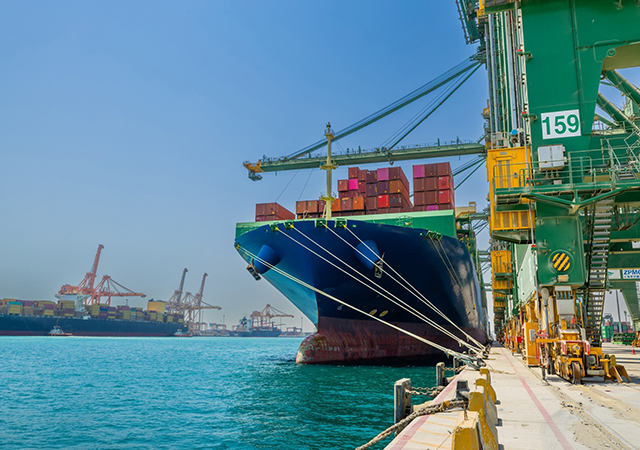
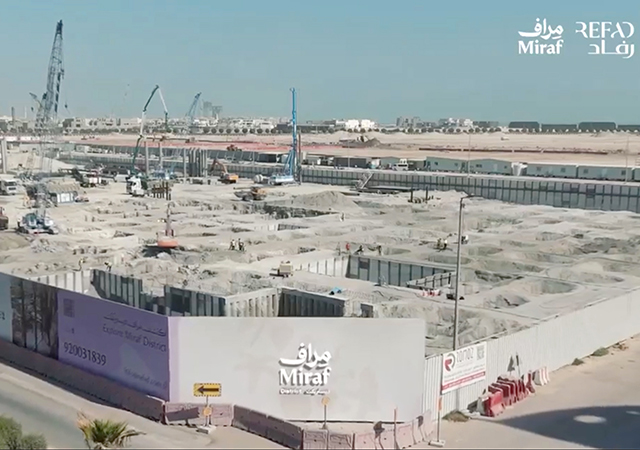
.jpg)




.jpg)

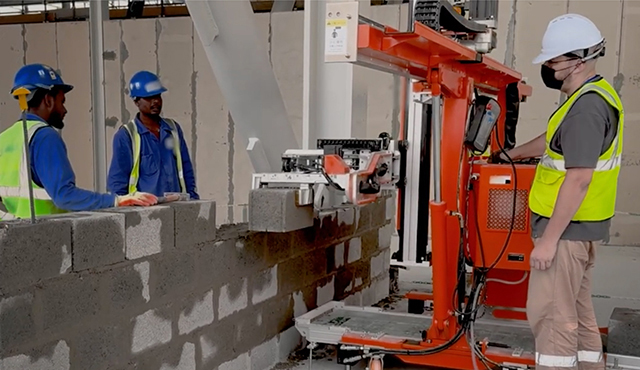

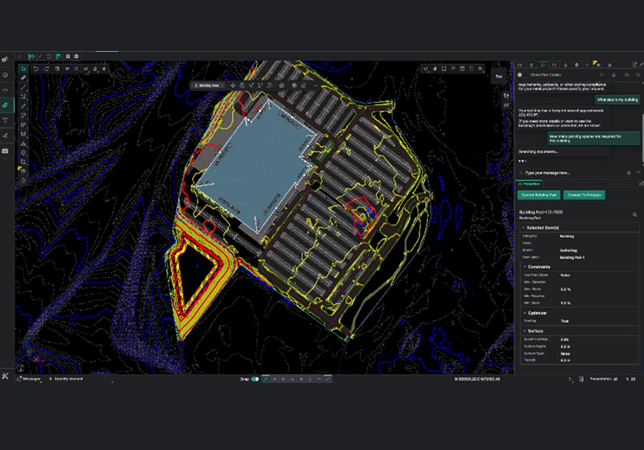



















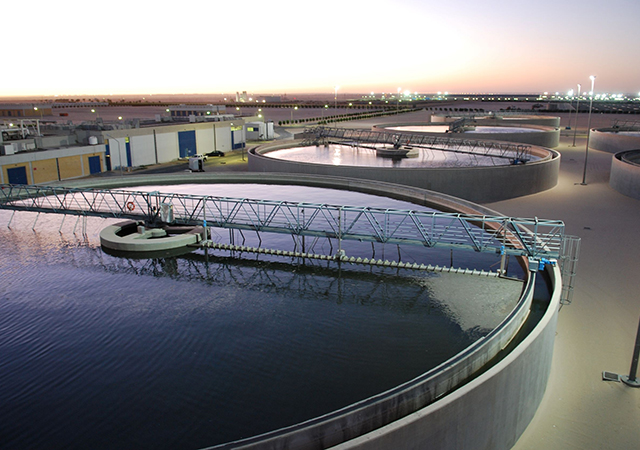


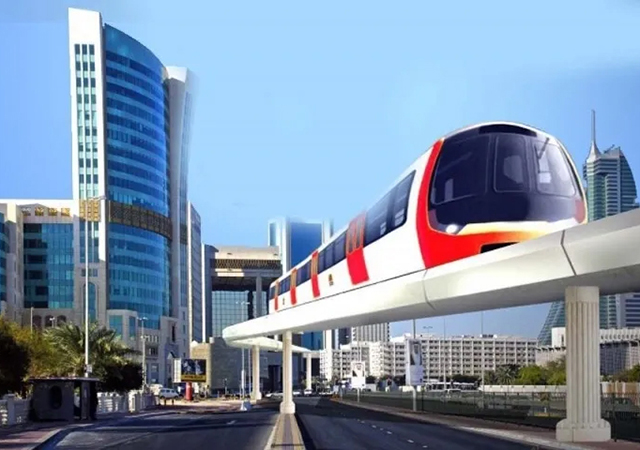

.jpg)




